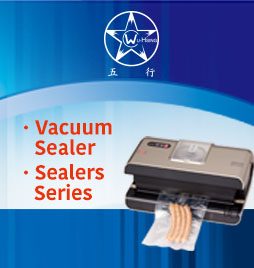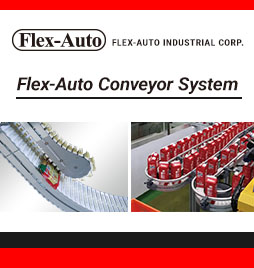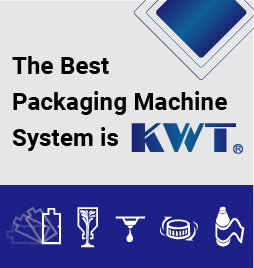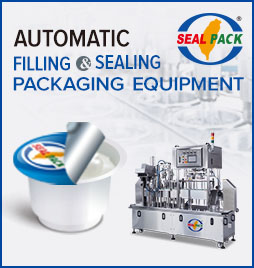Sustainability Shifts: Three Consumer Trends Brewing

KANSAS CITY, Mo. – Tuesday, May 19, 2020 – While not mainstream quite yet, three pandemic-era consumer trends are bubbling just beneath the surface and set for significant growth, according to new online ethnography research that monitors millions of conversations in real time. Regardless of the topic, consumers are looking to the food industry to find sustainable solutions using technology.
“The dominant motivation driving the consumer here is this notion of overcoming human limitation through technological innovation,” said Ujwal Arkalgud, chief executive officer of MotivBase, a big data ethnography research company, and member of The Center for Food Integrity (CFI) Consumer Trust Insights Council.
Pre-pandemic the sustainability conversation was peppered with criticism about large corporations and their profit motives, he said. “That sentiment is now taking a backseat as online conversations revolve around the use of technology for the betterment of the food system, particularly as it relates to the supply chain.”
Three emerging trends
Shortening the supply chain, which has been crippled as a result of the pandemic, is the most dominant of three emerging trends that help us understand the current consumer psyche, he said. Arkalgud shared his insights as one of three panelists during a recent CFI webcast on shifting sustainability priorities.
Consumers are talking about “food miles,” a term Arkalgud said is “something we haven’t seen in the consumer language. They want to buy foods that potentially travel shorter distances.”
While the conversation is happening among early adopters, those at the front end of the adoption curve, the number of people talking about this issue is expected to grow by nearly 50 percent over the next 48 months. A topic that once was confusing is now accelerating and gaining understanding.
The second emerging conversation is around hydroponics and vertical farming as sustainable solutions. While there has been online chatter about both to some extent, they are coming into increased focus, particularly in terms of leveraging the technology to improve taste.“We’re seeing more discourse now in the mainstream media and more consumerssharing these types of articles.”
Currently in the U.S. 17-million people are engaged in this conversation, a “relatively tiny segment,” said Arkalgud. “What’s interesting is the growth in consumers’ knowledge about this. We’re predicting this topic of hydroponics to be relevant to an additional 10-million consumers in the next two years.”
Finally, lab-cultured meat is gaining traction primarily as a means to reduce the environmental impact of traditional animal agriculture, as well as to solve for the concerns around animal welfare.
“While there is plenty of growth in the conversation around this topic, it is one that exhibits the most amount of volatility, suggesting that consumers are still quite hesitant about the idea of consuming meat produced in a lab,” he said.
Innovation and acceptance
All three are seeing growth so now is the time for the food system to step forward with innovation solutions that can address the emerging needs “Consumers want to advocate for solutions that are scientifically driven,” he said. Whether consumers accept or reject innovation going forward largely depends on how its brought to market by food and agriculture, according to Charlie Arnot, CFI CEO.
“As we think about shifting sustainability priorities, particularly when it comes to consumers’ new appetite for technology solutions, it’s important for the food system to engage early and often in transparent conversations about how technology benefits people, animals and our planet, not just the food industry,” said Arnot. “Often the conversation revolves around technology as it relates to productivity and efficiency. While that’s important, consumers want to know about the greater societal benefit.”
Arnot encourages the food industry to acknowledge the risks and challenges, as well. Authentic transparency is the most effective strategy to build trust, he said.
Strategic approach
It’s anticipated that pressure from groups with sustainability demands will come back even stronger once the pandemic subsides. Arnot warns against making knee-jerk sustainability decisions and caving to demands that are deemed sustainable, but may fall short. Instead, approach sustainability carefully and strategically.
“The first step is setting priorities based on company values and those of its stakeholders; defining values provides a framework from which to make all decisions going forward,” said Arnot. If a proposed change falls within the values framework it should be considered. If it falls outside, it’s discarded – a non-negotiable.”
Next, conduct a comprehensive assessment of the potential impacts of recommended changes on the company, its
supply chain and consumers.
“Understanding the tradeoffs is a critical step and can take some time, but it’s worth the investment,” he said. “Leave no stone unturned.”
Finally, with values as the foundation, communicate sustainability decisions to both the group making the request and the public in a way that’s transparent and earns trust.
“If you’ve done your research, you can confidently justify any decision that speaks to your commitment to topics like food safety, worker safety, animal well-being and environmental stewardship,” said Arnot.
|
For more information, visit www.foodintegrity.org. To access the sustainability webinar, visit www.optimizingsustainability.org.
|














